June 12, 1898? Not quite how you remember it. No balcony. Not Aguinaldo waving the flag. Ready for the real story?
1. Ambrosio Rianzares Bautista: The Voice Behind the Declaration
Most imagine Emilio Aguinaldo waving the flag from a grand balcony on June 12, 1898. But here’s the real story: it was Ambrosio Rianzares Bautista, a sharp legal mind and adviser, who wrote and read the Declaration of Independence that day in Kawit, Cavite. He also proudly waved the Philippine flag for the first time. And about that balcony? It wasn’t even there yet! The now-iconic balcony of the Aguinaldo house was only added in 1919 — a dramatic detail that came later.
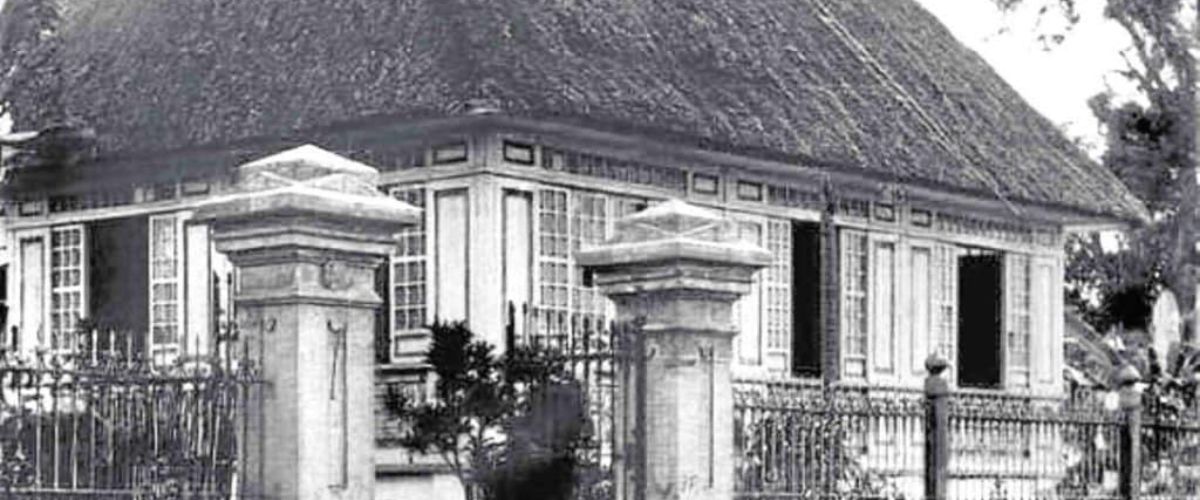
2. Emilio Aguinaldo: The Steadfast Leader and Father of the Nation
General Emilio Aguinaldo was much more than just the man who hosted the ceremony. As the revolutionary leader, he directed and authorized the drafting of the declaration, led the Filipino forces in the fight for freedom, and was declared the first President of the Revolutionary Government. The independence movement was proclaimed under his leadership, making him the face and heart of the revolution. While he didn’t write or read the declaration himself, Aguinaldo’s courage, vision, and leadership inspired a nation.
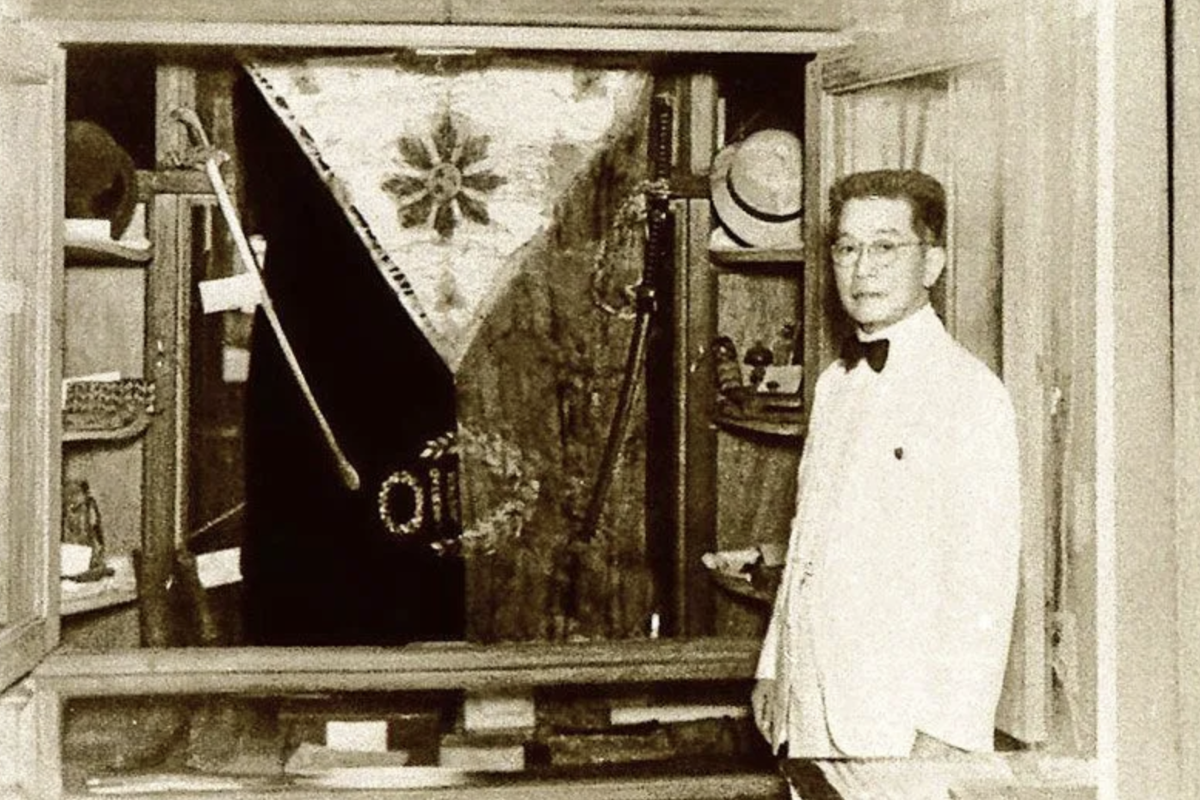
3. The Philippines: Asia’s First Constitutional, Democratic Republic
Here’s something to be proud of: after declaring independence, the Malolos Congress drafted the Malolos Constitution, establishing the First Philippine Republic in 1899. This made the Philippines the first constitutional and democratic republic in Asia, a pioneering achievement in the region.

4. The National Anthem: A Tune Without Words
At the independence ceremony, the band played the Marcha Filipina Magdalo, composed by Julian Felipe. Interestingly, the anthem had no lyrics at that time—the stirring words by Jose Palma would be added a year later, completing the anthem we know and love today.
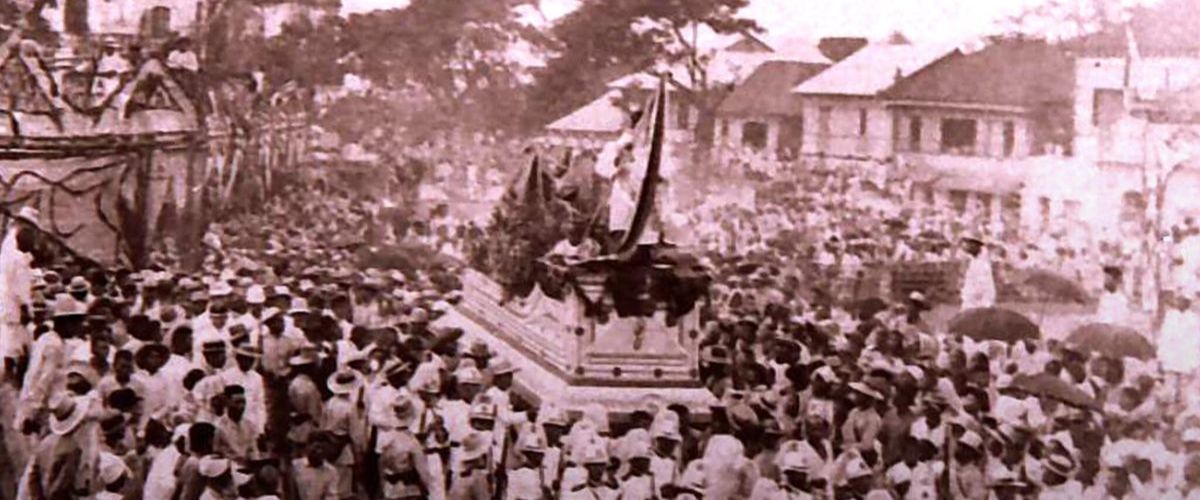
5. A Declaration Awaiting Recognition
Although the declaration was a powerful statement of Filipino resolve, it wasn’t immediately recognized by foreign powers. Later that year, the Treaty of Paris transferred sovereignty from Spain to the United States, meaning official international recognition of independence would have to wait until 1946.
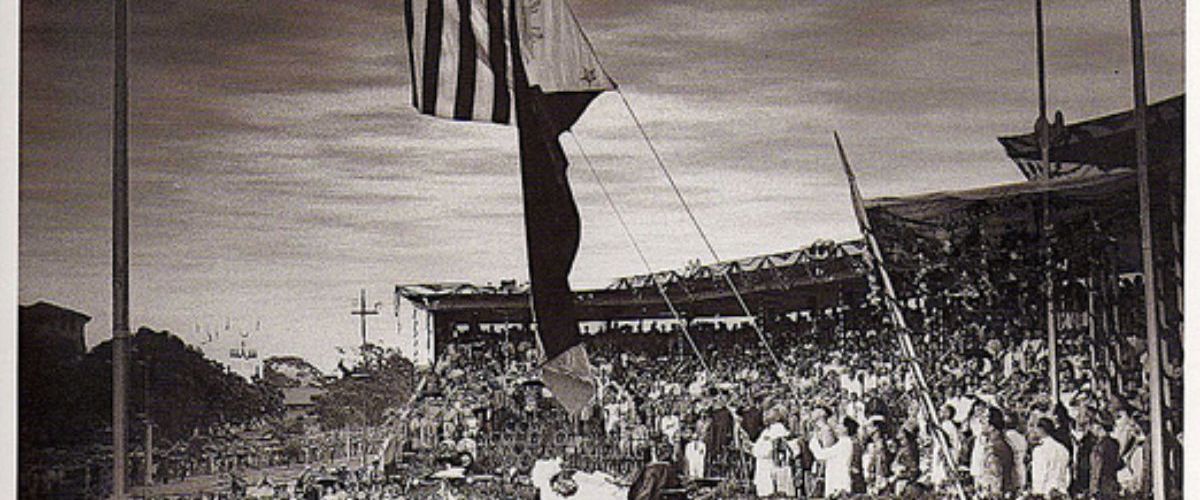
6. June 12: The Day We Celebrate Freedom
Originally, Independence Day was celebrated on July 4, marking the day the U.S. granted the Philippines independence after World War II. It wasn’t until 1962, under President Diosdado Macapagal, that June 12—the day Filipinos first declared independence—became the official celebration of Filipino freedom and pride.
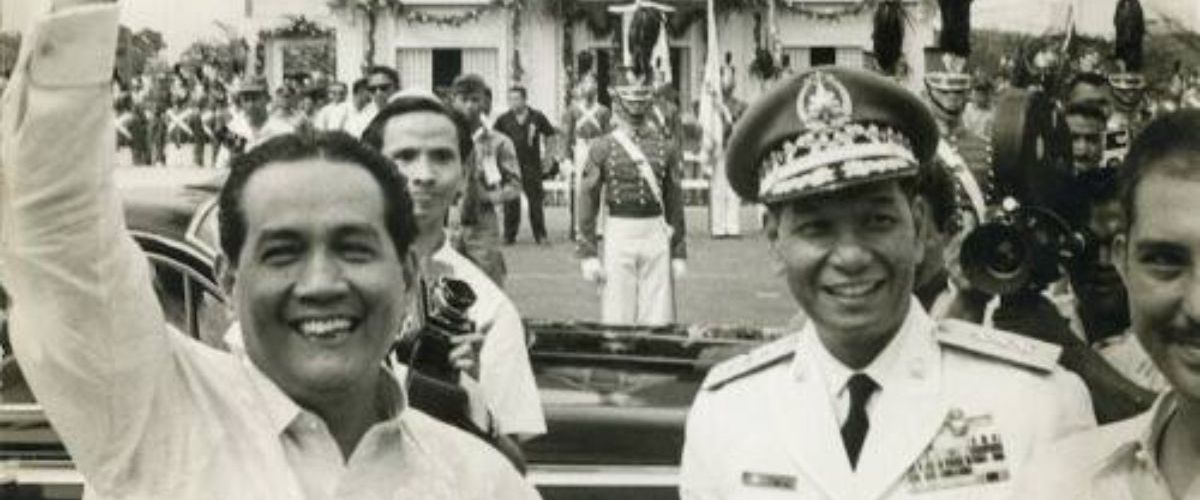
Why This Matters Today
Understanding the full story of our independence helps us appreciate that freedom didn’t come from one man or one moment—but from a united people fighting for a common dream. From generals on the battlefield to lawyers drafting declarations, every role mattered. The voices of leaders like Emilio Aguinaldo and Ambrosio Rianzares Bautista remind us that the journey to nationhood was collaborative, courageous, and deeply human.
Today, more than a century later, this legacy still speaks to us. At JCI Manila, we believe that true leadership means service, and that progress comes from shared purpose. Just as our forebears built the foundations of a republic rooted in democracy, we continue their work by empowering young leaders, driving economic growth, and creating spaces where communities thrive.
This isn’t just about looking back. It’s about recognizing that freedom is something we live, build, and defend every day—through civic action, enterprise, and compassion. The independence declared in 1898 lives on in every Filipino who takes initiative, lifts others up, and leads with integrity.
So when we wave our flags this June 12, let’s celebrate more than just a date—we celebrate the power of unity, the importance of vision, and the belief that a better future is always possible when we work together.










